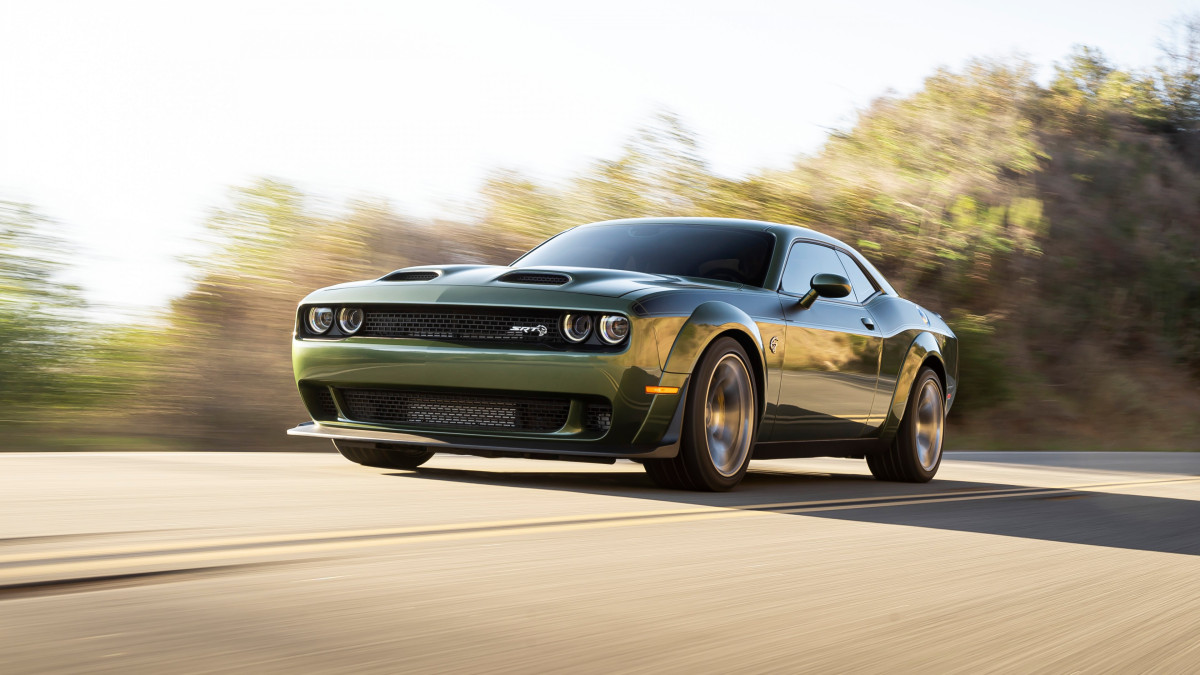What is PPF, or Paint Protection Film?
Paint Protection Film, simply known as PPF, is a specialized film applied to the exterior of vehicles to protect the paint from damage and wear. This thin, transparent film acts as a barrier between your car’s paint and the external environment, safeguarding it against various elements which makes it ideal for car owners and lovers who love to see their cars spotless and glossy all the time.

What are some of the damages that PPF can protect against?
Paint Protection Film (PPF) is an innovative solution designed to shield your car’s exterior from a variety of damages. Here’s a closer look at the specific types of damage it prevents and the mechanisms behind its protective qualities:
Scratches and Swirls: One of the primary functions of PPF is to protect against scratches and swirl marks, which are typically caused by minor abrasions from things like gravel, sand, and even washing brushes. PPF acts as a sacrificial layer, absorbing these abrasions.
High-quality PPFs often come with a self-healing top layer that can repair minor scratches with heat exposure, such as from the sun or warm water. The film acts as a physical barrier, absorbing impacts from small, sharp objects.
Chemical Stains: The paint on your car is vulnerable to chemical damage from bird droppings, tree sap, acid rain, and various pollutants. These substances can etch into the paint, causing permanent damage.
PPF provides a chemically resistant surface that prevents these contaminants from coming into direct contact with the paint.
This resistance allows you to clean off these substances without harming the underlying paint. By being chemical-resistant, PPF prevents stains and etching from bird droppings, tree sap, and other acidic substances

UV Damage: Over time, UV radiation from the sun can cause the car’s paint to fade and oxidize, leading to a dull appearance.
Paint Protection films or PPFs, are designed with UV inhibitors that block harmful UV rays, significantly reducing the risk of paint fading and maintaining the vibrancy of the car’s color for a longer period of time.
Wear and Tear Resistance: Daily driving exposes your car to numerous wear and tear factors, including minor bumps, abrasion from cleaning, and exposure to the elements.
PPF provides a durable, resilient layer that withstands these everyday challenges, keeping the car’s paint looking newer for longer.
Water and Dirt Repellency: Many PPFs have hydrophobic properties, meaning they repel water. This feature not only makes cleaning the car easier but also helps prevent water spots and dirt accumulation. The slick surface of the film causes water to bead up and roll off, taking surface contaminants with it.
What are the various types of PPF available for my car?
This type of PPF is tailored for those who want to enhance the look of their vehicle while also providing protection. PPF Enhance typically has a high-gloss finish, which amplifies the color and shine of the car’s paint.
PPF Enhance
PPF Enhance is ideal for car owners who want their vehicles to look vibrant and new. Beyond the aesthetic appeal, it still offers standard protection against scratches, UV rays, and environmental contaminants.
Paint Protection film Enhance acts as a robust shield, defending against both chemical and mechanical harm without compromising visual quality.
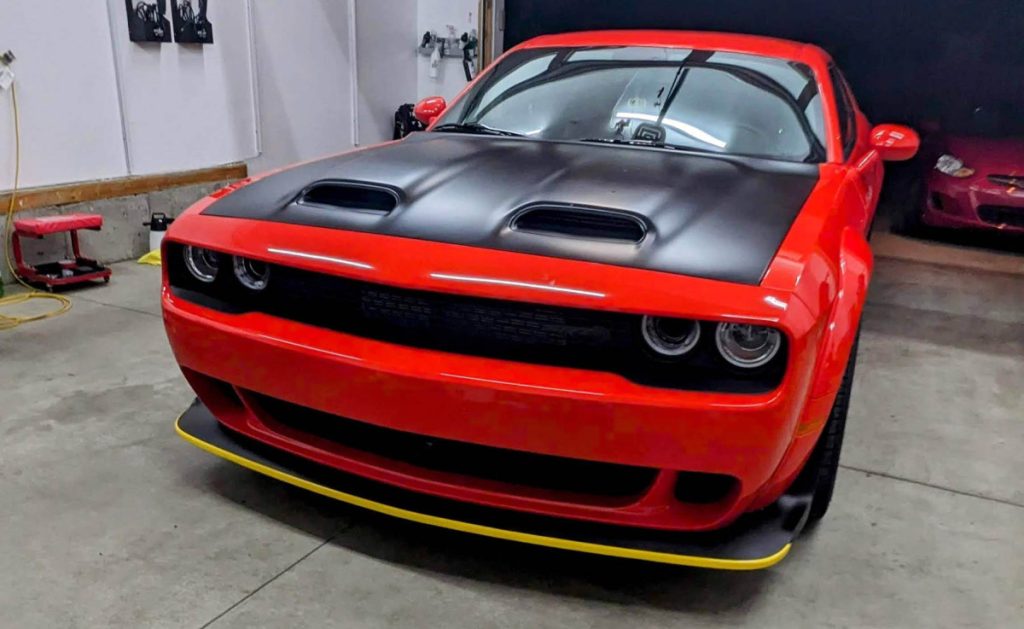
PPF Protect+
Designed for maximum durability and protection, PPF Protect+ is often thicker than standard PPF. This extra thickness provides a superior shield against physical impacts like stone chips, heavier scratches, and abrasions.
The PPF Protect+ variant is particularly suitable for vehicles that are frequently driven in harsh conditions or on roads where the risk of paint damage is higher.
Despite its robustness, PPF Protect+ does not compromise on clarity, ensuring the car’s paintwork is visibly well protected.
Gabriel Details uses Gyeon Protect+ for this kind of PPF protection. Gyeon Protect+ is a high-quality paint correction known for its thickness and hydrophobic qualities.
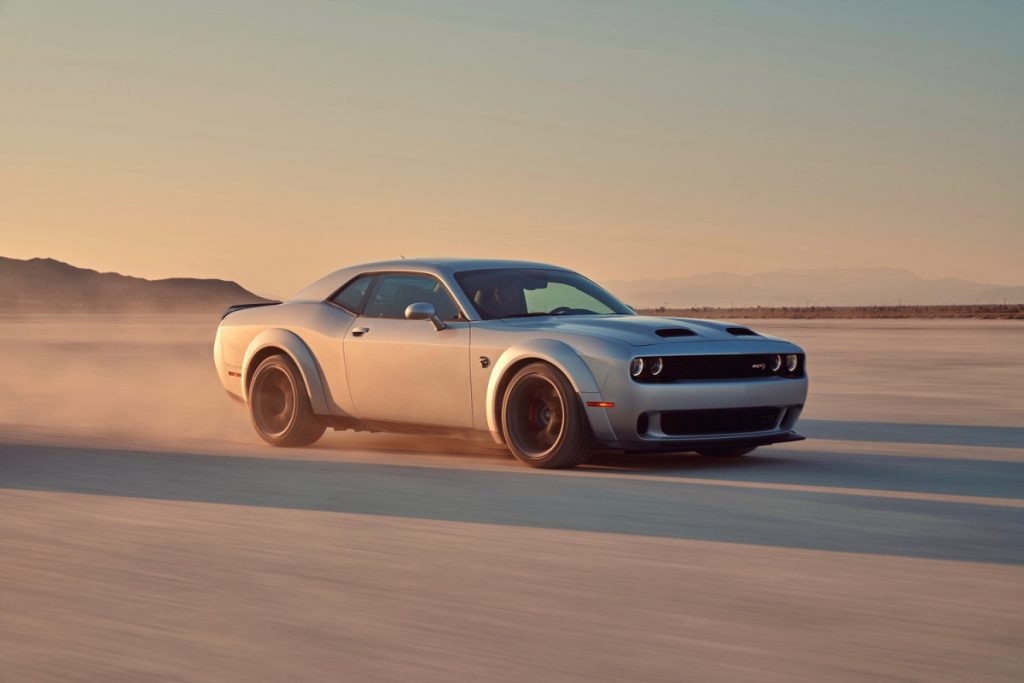
PPF Matte
PPF Matte is for those who prefer a more understated yet stylish finish. It transforms the vehicle’s appearance with a sleek, matte look while offering the same level of protection as glossy films.
This type of PPF is excellent for reducing glare and hiding minor imperfections in the paint. It’s a popular choice for high-end vehicles and those looking to achieve a custom, distinctive look without sacrificing paint protection.
At Gabriel details, Gyeon PPF Matte is a specialized paint protection film designed exclusively for matte and satin finishes, ensuring a non-glossy appearance.
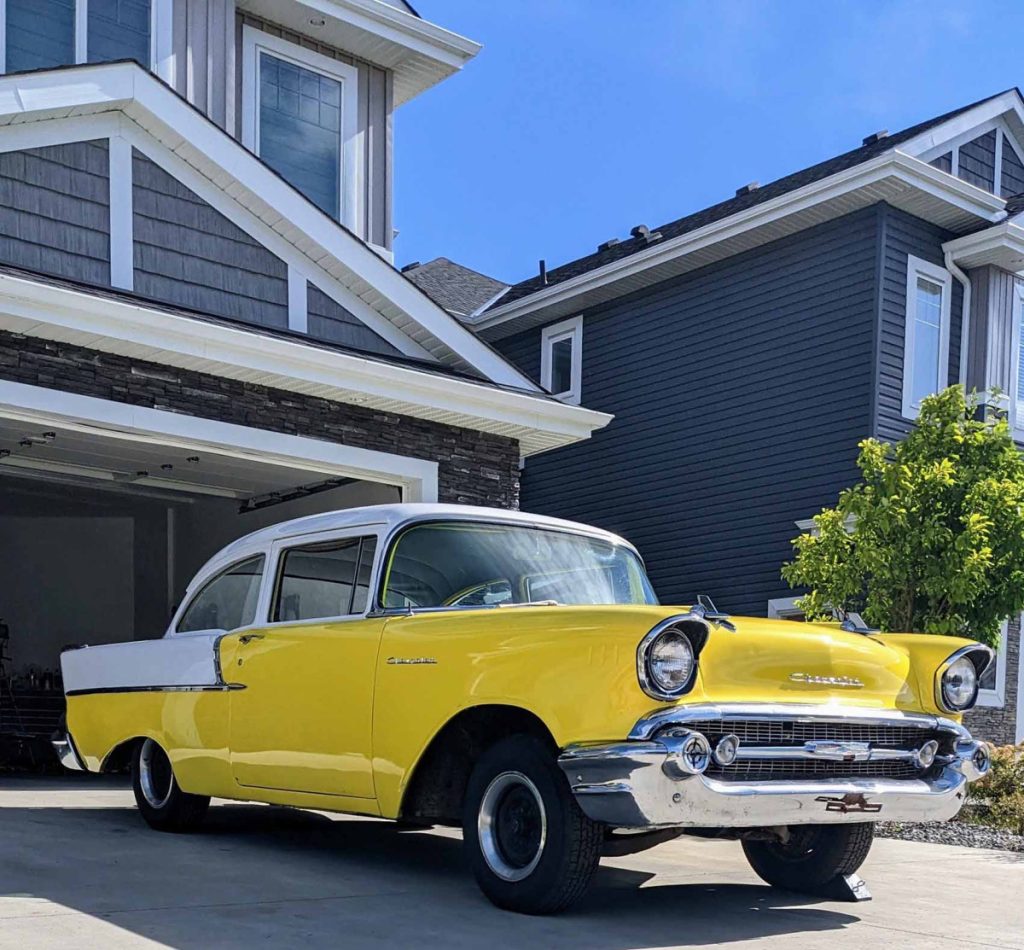
Key Takeaway: |Gabriel Details PPF consultation
Each of these PPF types serves a unique purpose. Whether you’re looking for enhanced aesthetics with PPF Enhance, maximum protection with PPF Protect+, a stylish matte finish, self-healing capabilities, or hydrophobic advantages, there’s a PPF option tailored to your needs
When selecting a PPF, it’s important to consider both the level of protection desired and the visual impact you want to achieve for your vehicle. Professional installation is recommended for all types to ensure optimal fit, appearance, and longevity; hence, Gabriel Details always ensures onsite inspection of the vehicle and various factors based on what the customer requires and wants and makes recommendations based on the outcome of the conversation.
What are some of the damages that paint protection film (PPF) can prevent?
Paint protection Film or PPF, can prevent a wide range of damages in car such as:
- Scratches and Scuffs
- Stone Chips
- Bird Droppings
- Tree Sap
- Road Tar
- Bug Splatter
- UV Ray Damage
- Chemical Stains
- Acid Rain
- Swirl Marks
- Paint Fading
- Water Spots
- Dirt and Grime Buildup
- Minor Abrasions (from washing or drying)
- Oxidation.
- Insect Stains
- Other Environmental Hazards
PPF Installation Process: Achieving Seamless Protection with a Sleek Finish— The Gabriel’s Way!
When it comes to preserving the pristine condition of your vehicle, Paint Protection Film (PPF) stands out as an innovative solution. The installation process of this remarkable 8-millimeter-thick film is as crucial as the product itself.
The custom PPF application is designed to minimize edges and seams, offering a seamless protective layer that conforms perfectly to your car’s contours.
1. Customization to Fit Every Curve and Seam
The journey to protect your car starts with a meticulous custom application. Experts like us use advanced techniques to tailor the PPF to the unique shape and size of your vehicle.
This precision ensures that every inch of the car’s surface is covered while ensuring thorough cleaning of the vehicle, reducing contaminants, and enhancing the visibility of edges and seams. Such attention to detail guarantees a flawless finish, preserving the original beauty of your vehicle.

2. Choosing Your Finish: Discreet Protection or Sleek Satin
One of the most appealing aspects of PPF is the choice it offers. You can opt for a discreet protective film that maintains the original look of your car or choose a subtly sleek satin finish for a more refined appearance.
The discreet option is virtually invisible, providing protection without altering the car’s appearance. On the other hand, the satin finish adds a luxurious touch, giving the vehicle a unique, sophisticated look.

3. The Power of 8-Mil Thickness
The thickness of the PPF plays a vital role in its protective capabilities. At 8 mils, the film is robust enough to guard against various types of damage, such as scratches, stone chips, and environmental impacts. This thickness provides a substantial barrier without compromising the vehicle’s aesthetics.

4. Self-healing and Hydrophobic top coat
Advanced PPFs come equipped with self-healing and hydrophobic top coats. The self-healing feature allows the film to repair minor scratches and swirl marks on its own, maintaining a pristine surface over time.
Heat exposure, either from sunlight or engine warmth, activates this self-healing process. The hydrophobic top coat adds another layer of protection, repelling water and making the vehicle easier to clean. This feature ensures that water beads up and rolls off the surface, significantly reducing water spots and stains.

5. The Installation Process
Professional installation is key to maximizing the benefits of PPF. Trained technicians meticulously apply the film, ensuring every edge is perfectly aligned and every seam is as invisible as possible.
The process involves cleaning and preparing the surface, precisely cutting the film to size, and applying it with expert care. This meticulous approach ensures that the film adheres flawlessly to the vehicle, providing long-lasting protection.
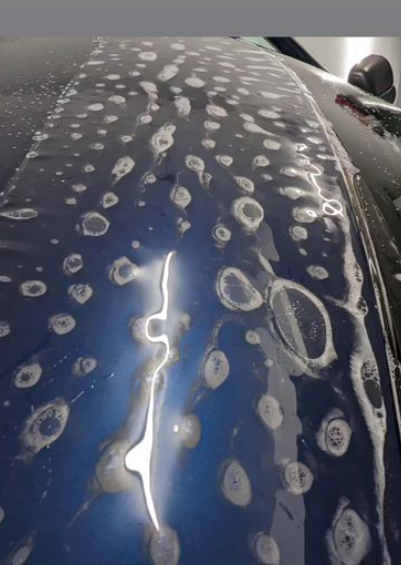
Key Note:
The installation process for PPF is a blend of art and science. By choosing a custom PPF application, you not only protect your vehicle but also maintain its aesthetic appeal.
Whether you prefer a discreet protective layer or a satin finish, the advanced features of PPF, like its self-healing and hydrophobic qualities, offer unparalleled protection for your prized vehicle.
With professional installation, you can drive confidently, knowing your car is well-protected and looks as good as new.

